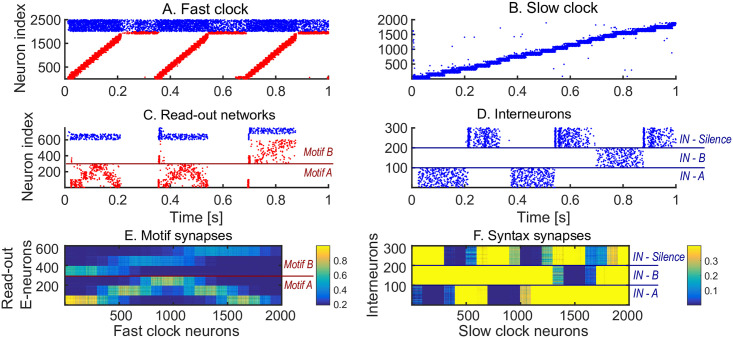Fig 9. Learning sequence AAB with an inhibitory slow clock network.
The target sequence is repeatedly presented to the read-out network. A-D. Spontaneous dynamics is simulated after learning (85 target presentations). Red dots: excitatory neurons; blue dots: inhibitory neurons. A. The fast clock, controlled by interneurons 201 to 300. B. The slow clock, consisting of only inhibitory neurons, inhibits the interneurons in the correct order after learning. C. The read-out networks, driven by the fast clock and controlled by the interneurons. D. The interneurons, controlled by the slow clock. E. The motif synapses show that the target motifs A and B are stored after learning. F. The syntax weights store the correct temporal ordering A-silent-A-silent-B-silent.

